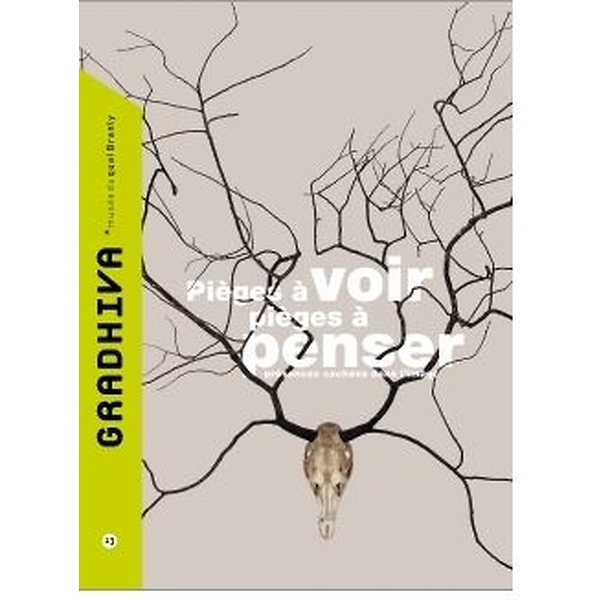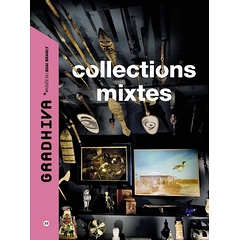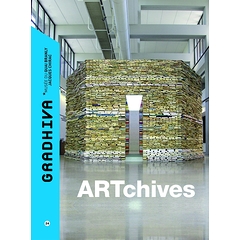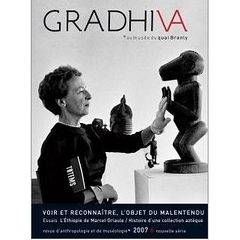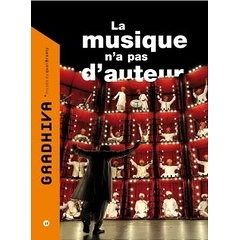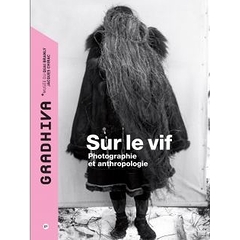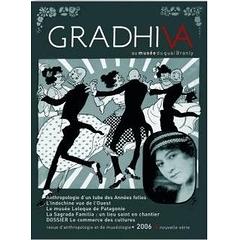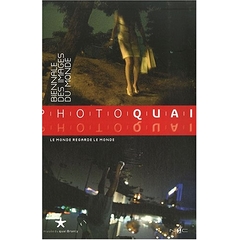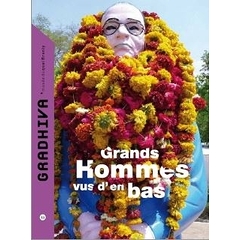Gradhiva N°13 Pièges à voir, pièges à penser
Description
This file is devoted to a reflection, between anthropologists and art historians, on the role of ambiguity in visual representation. Potential, double or chimerical, the ambiguous image has recently given rise to reflection in both disciplines in new terms. To give an account of this, we have collected research carried out by ethnologists and reflections around the exhibition One image can hide another, where the theme of the ambiguity of the image was apprehended from the point of view of the the history of art. In dialogue with historians of the art, ethnologists question, from other horizons, the notion of chimera. According to different cultures, between invisible and given to see, this notion can be declined in another way than in the Western tradition, to be radicalized, or to be multiplied on other registers than the only vision. It is this complexity of the ambiguous image, and the research space that this complexity opens up in anthropology and art history, of which this Gradhiva dossier aims to testify.
Product information
- Technical specification
presented by Carlo Severi
- Number of Pages
- 240
- EAN
- 9782357440425
